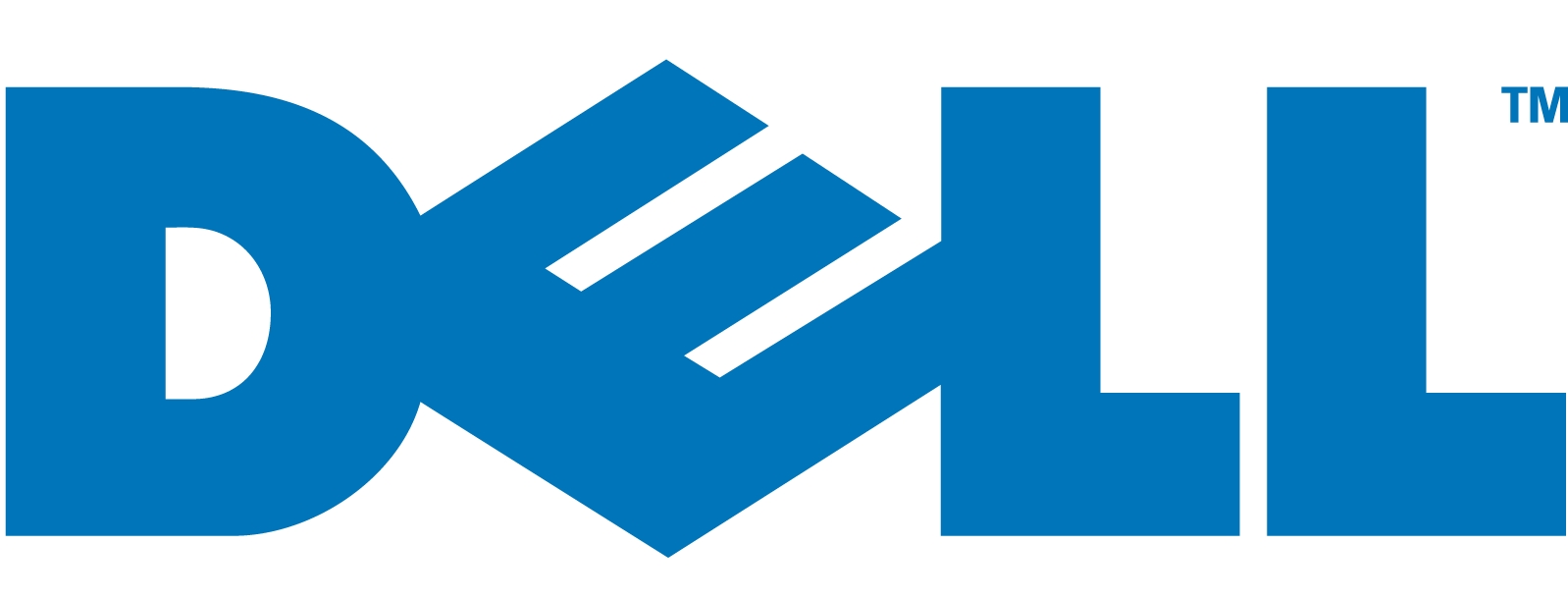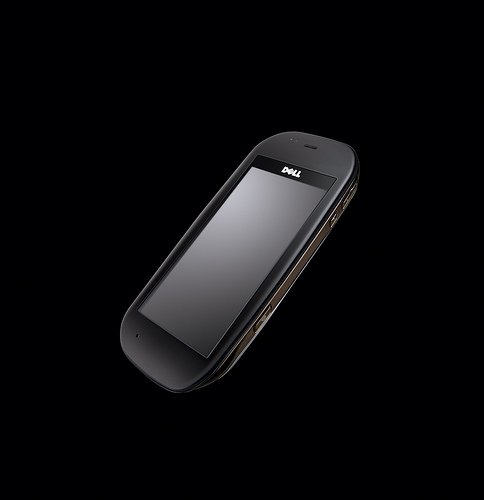 Here it is, the May Bank Holiday edition of the Carnival of the Mobilists. For those not in the know: it is a weekly write-up of the best and brightest in the world of mobile-(related) blogging and is being hosted each week on another blog; this week it’s me… 😉 The easiest way to follow the Carnival every week is to subscribe to the Twitter stream of the formidable Peggy Anne Salz.
Here it is, the May Bank Holiday edition of the Carnival of the Mobilists. For those not in the know: it is a weekly write-up of the best and brightest in the world of mobile-(related) blogging and is being hosted each week on another blog; this week it’s me… 😉 The easiest way to follow the Carnival every week is to subscribe to the Twitter stream of the formidable Peggy Anne Salz.
So here’s what this week has in stock for you:
James Coops from Mobyaffiliates provides us with an excellent overview of mobile affiliate networks, a fairly fresh approach to carry the multi-billion dollar online equivalent to mobile.
Jay Ehret asks the question that normally costs a round, namely “Is it the Year of Mobile yet?“. And he has a refreshingly clear look at it: a) it is impossible to throw all of the various mobile marketing things (SMS, mobile web, LBS, mobile wallets, m-commerce, etc) into one bucket, and right he is!, b) he reckons that it is certainly time for mobile now since low entry barriers and cost basically make it a ride you cannot lose.
Dr Jim Taylor delights us by adding a few more acronyms to the mix: NEI is the new TMI. The “I” stands for information and Jim looks how the wealth of available information and the way people handle it may reflect upon larger sociological developments. Very thoughtful stuff!
Ajit Jaokar from the OpenGardensBlog looks at the decline of fixed line and wonders if we’re all erring, namely because the wires are needed to take the data load off (hyper-)broadband mobile networks. He then wonders if one shouldn’t think mobile and fixed-line as one and design accordingly.
Peggy Anne Salz points us to a podcast on app store marketing. With nigh on 70 app stores and gazillions of apps, discovery, marketing and sustained usage are issues central to the distribution (and revenue!) strategy of every app developer (I for one certainly bookmarked it).
Tego Interactive’s Alfred de Rose queries whether Apple needs an iPhone in the enterprise (he thinks it doesn’t, and his arguments are very noteworthy!).
And, finally, Rudy de Waele announced the next edition of the wonderful event that is Mobile 2.0 Europe, which will take place in beautiful Barcelona – and not in rainy February either but on 17 June. Book your tickets here. Next to it, there will be the AppCircus, a unique traveling showcase of the most creative and innovative apps presented by their creators at top events around the world.
And that’ll conclude this week’s carnival. Make sure to clue yourself up, read, listen, ponder, share and discuss!
Next week’s edition will be hosted by James Coops at his MJelly Blog.


 Here it is, the May Bank Holiday edition of the
Here it is, the May Bank Holiday edition of the  Dell, after a lot of denials, finally
Dell, after a lot of denials, finally  In a move that was
In a move that was  Now to the more critical points, and a small one at first: They could have done better on the marketing. Apple shows everyone how it’s done: come out with a bang and woe them. I do not think there is a need to outperform competitors on the technical side but a strong launch allows you to tell your story rather than leave it to a plethora of commentators to pave the way.
Now to the more critical points, and a small one at first: They could have done better on the marketing. Apple shows everyone how it’s done: come out with a bang and woe them. I do not think there is a need to outperform competitors on the technical side but a strong launch allows you to tell your story rather than leave it to a plethora of commentators to pave the way.